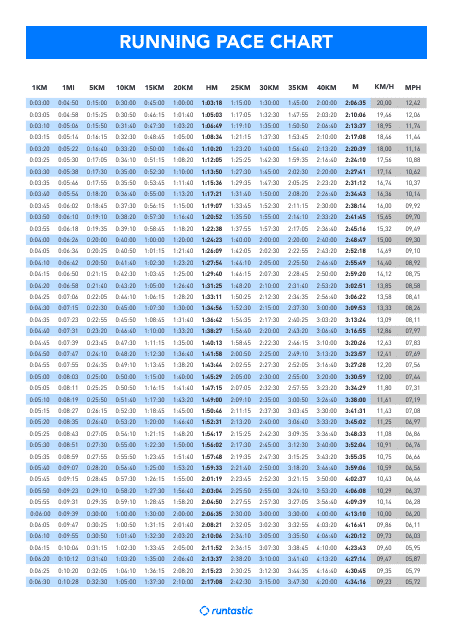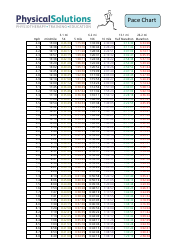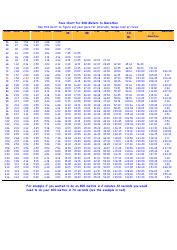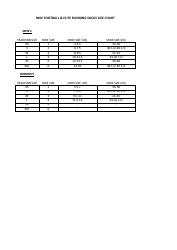Running Pace Chart - Runtastic
The Running Pace Chart on Runtastic is used to track and analyze your running pace during different distances or time periods. It helps runners monitor their progress and set goals for improving their speed and endurance.
FAQ
Q: What is a running pace chart?
A: A running pace chart shows the different paces at which you can run based on your speed in minutes per mile or kilometer.
Q: How can a running pace chart be useful?
A: A running pace chart can be useful for runners to track their speed and plan their workouts or races.
Q: What are the different paces typically included in a running pace chart?
A: A running pace chart typically includes paces like easy pace, conversational pace, tempo pace, and race pace.
Q: What is the easy pace on a running pace chart?
A: The easy pace on a running pace chart refers to a comfortable pace that you can maintain for longer durations.
Q: What is the conversational pace on a running pace chart?
A: The conversational pace on a running pace chart refers to a pace at which you can hold a conversation while running.
Q: What is the tempo pace on a running pace chart?
A: The tempo pace on a running pace chart refers to a pace that is faster than your easy pace, but still manageable for shorter distances.
Q: What is the race pace on a running pace chart?
A: The race pace on a running pace chart refers to the pace at which you aim to run during a race or a fast workout.
Q: How can I use a running pace chart to improve my running?
A: You can use a running pace chart to set goals, track your progress, and plan your workouts to improve your running abilities.
Q: Are running pace charts specific to a certain distance?
A: Running pace charts can be specific to different distances, such as 5K, 10K, half marathon, or marathon, but there are also generalized pace charts that cover a range of distances.





